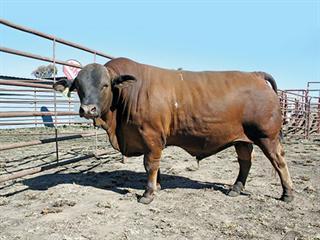Birds have always been nature’s early-warning system and in recent years they’ve been issuing their caveats at an alarming rate. Habitat shifting is one response to climate change and habitat destruction.
Executive director of BirdLife South Africa, Professor Gerhard Verdoorn, explained this phenomenon. “It means that birds move out of their traditional habitats and into habitats that are basically ‘foreign’ to them. A prime example is the rameron (or olive) pigeon, a bird that is supposed to live in dense woodland. has now become urbanised in places like Johannesburg and Pretoria.
” Other species like the rufous-chested sparrowhawk have relocated to the Karoo and the rufous-bellied heron has left the KwaZulu-Natal wetlands. “Normal habitats are changing so rapidly as a result of global warming or alien invasive species, that they become unsuitable for a species,” he said, citing the red-billed quelea as another example. “This bird has shifted to the Western Cape due to habitat change (more cash crops are being planted there), with resulting damage to the crops!” griculture has exacerbated the habitat-shifting problem. “Production has contributed significantly to habitat-shifting. Savannah, like the bushveld around Brits and Thabazimbi, has been destroyed for monoculture crops like maize, wheat and peppers.
These habitats become totally unsuitable for savannah birds, with the result that birds either move or simply disappear,” explained H e advised landowners to conserve and restore as much natural habitat as possible. “Livestock farmers should stock their land below its optimal capacity to allow habitats to maintain themselves and to recover after periods of drought or other disasters like flood and fire,” he said. better insight into the environmental changes causing habitat shifting should come from a new atlas of South African birds called the Southern African Atlas Project 2, for which data are now being collected. “The data will act as a barometer of change in global climate and habitat. will foreground areas that need the most urgent attention and put them on conservation agendas,” said Verdoorn.
Jointly run by BirdLife South the South African National Biodiversity Institute and the Avian Demography Unit of the University of Cape Town, this volume follows the first bird atlas published in 1997. V olunteers are doing the fieldwork. About 500 people have already volunteered, but many more are needed. – Cornelia du Plooy Anyone interested in participating can find information and register at www.sabap2.org or e-mail [email protected].









